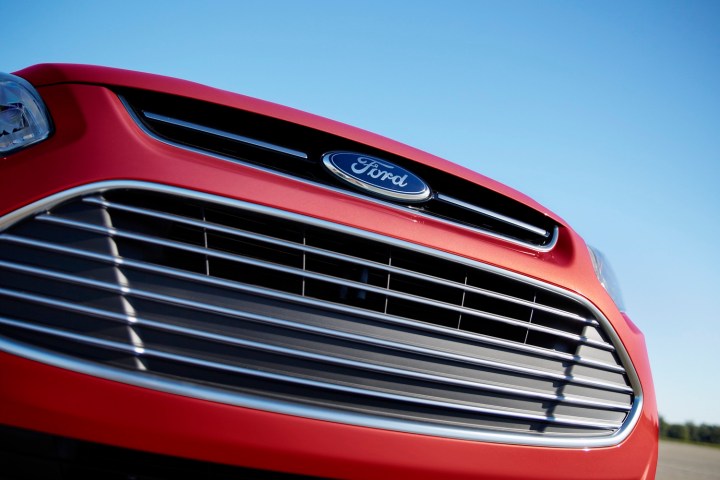
The Model E would start production at a new Ford plant in San Luis Potosi, Mexico, in 2019, reports Automotive News. Ford is investing $1.6 billion in the plant, which is also expected to build the Focus. The plant is ultimately expected to have an annual production capacity of 300,000 to 350,000 vehicles, with the Model E potentially accounting for 50,000 units of that total.
At the moment, Ford’s closest competitor to the Prius is the C-Max, a hatchback based on a non-hybrid European-market model that is available in both hybrid and Energi plug-in hybrid flavors. It also offers hybrid and Energi versions of the Fusion midsize sedan that share powertrains with their C-Max counterparts, and an electric version of the Focus, which will get a significant update for the 2017 model year.
But if it turns out to be real, the Model E would be Ford’s first electrified vehicle not based on an existing platform. It will be the second car to offer hybrid, plug-in hybrid, and all-electric powertrains in the same body style, after the 2017 Hyundai Ioniq. The Ioniq, which launches later this year, is a hatchback like the Prius; it seems likely Ford would make the Model E a hatchback as well.
Offering three types of powertrain in one model may help amortize costs over a larger number of vehicle sales. Ford has already gone two thirds of the way there with its C-Max and Fusion plug-in hybrids, as has Toyota with the Prius. Honda is also expected to launch plug-in hybrid and all-electric cars in the next few years based on the 2017 Clarity Fuel Cell, which goes on sale in California later this year.
We’ll have to wait and see if the Ford Model E is really happening, or just a rumor. One thing is for sure, though: The current C-Max, Fusion, and Focus Electric are all fairly old models, so Ford will have to replace them sometime soon.


